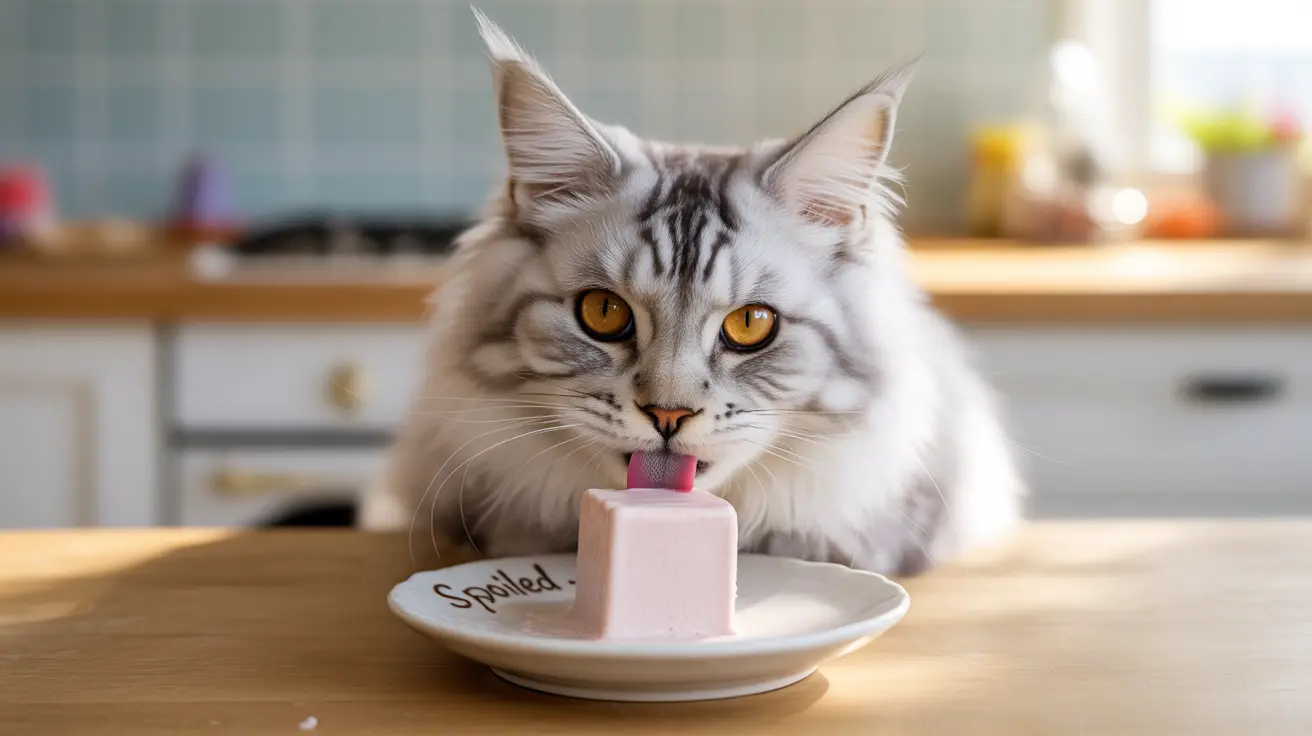As temperatures rise, many pet parents wonder how to help their feline friends stay cool and refreshed. Cat ice cream has emerged as a creative solution, offering a safe and healthy alternative to traditional dairy treats. This comprehensive guide will show you how to make nutritious frozen treats that your cat will love while keeping their health and safety in mind.
Unlike commercial ice cream made for humans, cat-friendly frozen treats are specially crafted to meet feline dietary needs, avoiding harmful ingredients while incorporating nutrients they can safely digest and enjoy.
Understanding the Basics of Cat Ice Cream
Cat ice cream differs significantly from human ice cream, primarily because most cats are lactose intolerant. These specially formulated treats use cat-appropriate bases like lactose-free cat milk, plain water, or pet-safe broths instead of dairy cream and sugar.
Safe and Healthy Base Ingredients
The foundation of any good cat ice cream recipe starts with cat-safe liquid bases:
- Lactose-free cat milk
- Plain water
- Low-sodium chicken or fish broth (unseasoned)
- Goat's milk (if tolerated)
- Pumpkin puree
Nutritious Mix-In Options
Enhance your cat ice cream with these healthy additions:
- Cooked, plain chicken or turkey
- Plain canned tuna in water
- Cooked fish (bones removed)
- Small amounts of cat-safe vegetables
- Crushed freeze-dried cat treats
How to Make Basic Cat Ice Cream
Here's a simple, veterinarian-approved recipe to get you started:
- Choose your base (cat milk or broth)
- Add protein (cooked chicken, fish, or liver)
- Blend until smooth
- Pour into ice cube trays
- Freeze for 3-6 hours
Serving Guidelines and Portions
Proper portion control is essential when serving cat ice cream:
- Limit treats to 10% of daily caloric intake
- Start with small portions to test tolerance
- Serve no more than one ice cube-sized portion per day
- Monitor your cat's reaction to new ingredients
Health Considerations and Safety
While cat ice cream can be a fun treat, keep these important health factors in mind:
- Never use ingredients toxic to cats
- Avoid sugar, artificial sweeteners, and human dairy products
- Watch for signs of digestive upset
- Consult your veterinarian before introducing new treats
Frequently Asked Questions
Is it safe to give my cat traditional ice cream, and what are the risks?
No, traditional ice cream is not safe for cats. Most cats are lactose intolerant, and human ice cream contains sugar, artificial sweeteners, and other ingredients that can cause digestive issues, diarrhea, and vomiting in cats.
How can I make homemade cat ice cream that is healthy and safe?
Use cat-safe ingredients like lactose-free cat milk or broth as a base, add plain cooked meat or fish, blend until smooth, and freeze in ice cube trays. Avoid any additives, sweeteners, or seasonings.
What ingredients should I avoid when preparing cat-friendly ice cream treats?
Avoid dairy cream, sugar, chocolate, artificial sweeteners, vanilla extract, nuts, and any human food additives. Also steer clear of ingredients toxic to cats like onions, garlic, and grapes.
How much cat ice cream can I give my cat without causing digestive issues?
Limit cat ice cream to one ice cube-sized portion per day, representing no more than 10% of your cat's daily caloric intake. Always introduce new treats gradually and monitor for any adverse reactions.
What are some benefits of cat ice cream, and can it help with hydration in summer?
Cat ice cream can help with hydration during hot weather, especially when made with broth or water-based ingredients. It also provides enrichment and can be a good way to incorporate additional nutrients when made with healthy ingredients like pure pumpkin or cooked meat.
Final Thoughts
Cat ice cream can be a wonderful way to treat your feline friend while keeping them cool and hydrated during warm weather. By following these guidelines and recipes, you can create safe, healthy frozen treats that your cat will enjoy without compromising their health. Remember to always prioritize your cat's overall nutrition and consult with your veterinarian if you have any concerns about introducing new treats into their diet.






